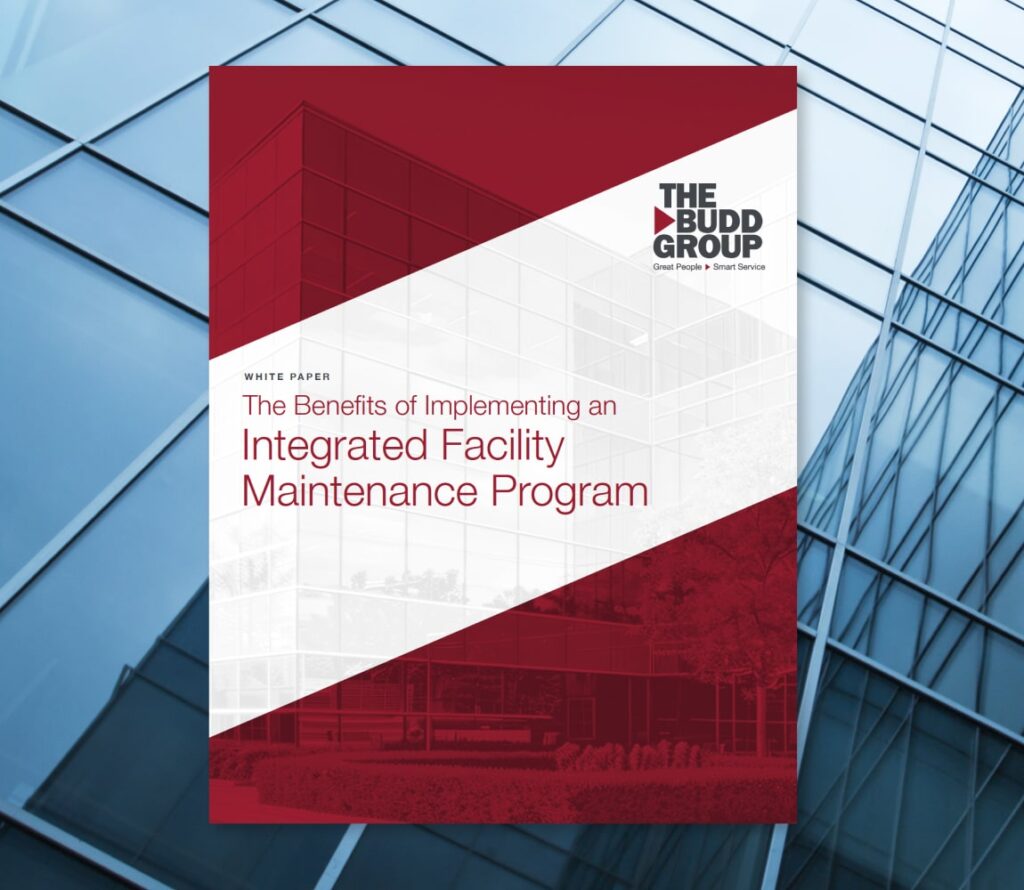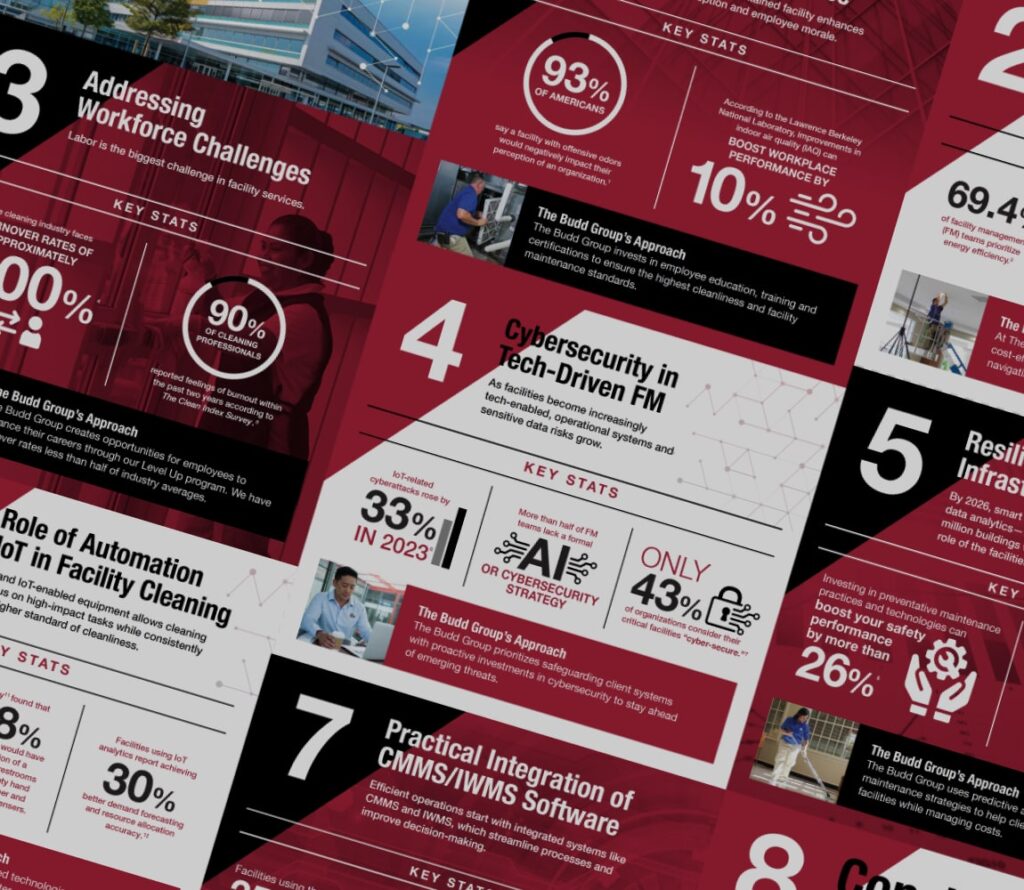The U.S. workforce is undergoing a massive shift. Some are calling it “The Great Resignation,” and the ongoing COVID-19 pandemic is the primary catalyst. Of course, the seeds for this movement were planted long before the pandemic. For decades now, workers have noticed wage stagnation and a reduction of benefits despite their continual output. When the world was put on hold in 2020, many of these workers realized that their time was better spent seeking other employment opportunities or simply taking time off – this has ultimately resulted in a labor shortage for a variety of industries, especially in the lowest wage classification categories. One only has to peruse the many “help wanted” signs in their community to intuitively grasp this phenomenon.
If you’re looking for people to fill janitorial jobs and similar positions this year, you won’t have much luck if you’re not aware of these labor trends or how to navigate them properly. Here at The Budd Group, we haven’t been insulated from this decline in labor participation either, but we’re prepared to face this challenge head-on to the benefit of our clients, employees, and enterprise. Let’s go over the most important things to consider during this current adjustment in U.S. employment so you can succeed as well.
The Most Important Things to Consider During This Current Adjustment in U.S. Employment
The Wage Baseline Is Rising
When companies struggle to hire for their lower-level positions, one tool for increasing interest and retention is raising wages and improving benefits – this is precisely what much of the U.S. is experiencing right now. Indeed, baseline wages for fast food workers have seen significant increases in recent months – some as high as $17 per hour. Some companies are even including new fringe benefits like bus passes to help employees get to and from work on time. No matter your level of economic understanding, it only makes sense that if wages increase in one sector, they’ll begin to increase in others with similar wage classifications, too. After all, if a fast food job opening is offering even one more dollar per hour than your maintenance position, a potential candidate is more likely to seek employment there. In order to remain competitive, you must keep up with payscale trends.
Of course, increasing wages is often easier said than done (there are knock-on effects), and even doing so isn’t always enough to bring more people on board. That said, in today’s shifting market, you may need to consider raising starting wages and increasing benefits to keep your bottom line intact.
Shift Work Is Shifting
Pay rates aren’t the only things workers are thinking about these days. Time is also becoming a major factor in “The Great Resignation.” Simply put, fewer workers are now available for third-shift, late-night, and overnight hours than before the pandemic. There are several possible reasons for this change. For starters, an increase in wages for day labor might make later shift work less appealing or necessary for many workers. Moreover, a shortage in public transportation drivers (also a result of the pandemic) might make it difficult for employees to make it to work at these later hours. Lastly, workers who have gotten a taste of staying home and operating on a normal schedule might simply not want to return to late shift work and instead seek other opportunities.
Whatever the driving forces for this change in shift work, businesses that are open 24/7 or otherwise require multiple shifts for key positions might find themselves stretching their resources to the limit. As mentioned earlier, increasing wages and benefits (including overtime pay) for these positions may ease this strain. Additionally, facility managers may need to find new ways to maintain operations despite a lack of late-night shift work, whether this means investing in automated processes, reducing hours of operation, allocating resources differently, etc. Keeping up with proper building maintenance depends on finding and implementing solutions like these.
How We Are Facing Challenges
No business has managed to avoid the various complications imposed by COVID-19, but here at The Budd Group, we’ve managed to adapt to the circumstances as we always have. Though the length of time to fill certain roles (e.g., cleaning jobs, manufacturing positions, landscaping, etc.) has virtually doubled, we’ve been able to attract strong candidates by adhering to rising wage trends and increasing the flexibility of working hours. We understand that in order to sustain a successful operation, we must be willing to make changes that meet the needs of our employees and customers. We believe that the changes we have implemented thus far have only benefitted our people and business on the whole.
Our Advice for Facility Managers
Facility management is challenging enough – with today’s labor shortage, this task can seem nearly impossible. Fortunately, we’ve helped many of our clients navigate these market changes with great success. Whether you work with us or not, we advise all facility managers to engage in discussions with their service provider regarding labor shortages. We’ve seen several companies in the service space shut down due to these labor challenges. It’s best to get a grasp on your needs, goals, and plans early on before these challenges turn into a crisis.
To learn more about our services and values, give us a call today at 800-221-8158!

